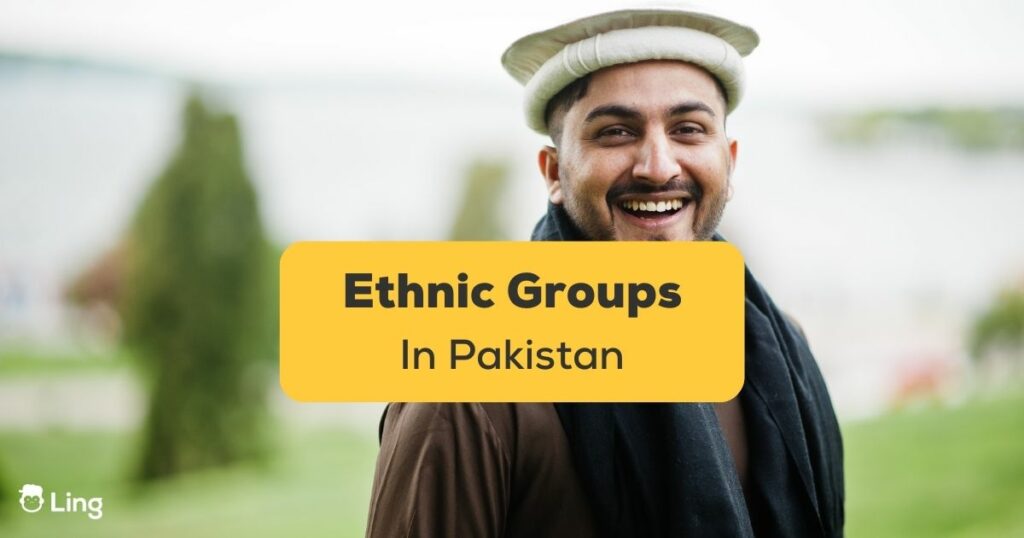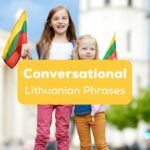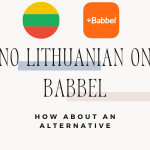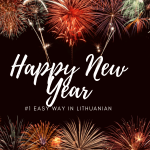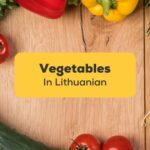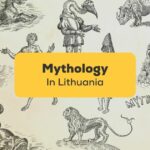Pakistan is a country with a diverse ethnic landscape, where different ethnic groups coexist and contribute to the rich cultural heritage of the country. Urdu is the official language, but every ethnic group added its own twists to it, making it a unique one! Presently, there are six major ethnic groups in Pakistan, including the Indo-Aryan ethnic group and several smaller ethnic groups in the North West Frontier Province and other regions. These ethnic minorities play a significant role in shaping the cultural identity of Pakistan, making it one of the most unique and diverse nations in South Asia. This article will delve into the four main ethnic groups in Pakistan, exploring their history, customs, and contributions to the country. Let’s start!
Ethnic Groups In Pakistan
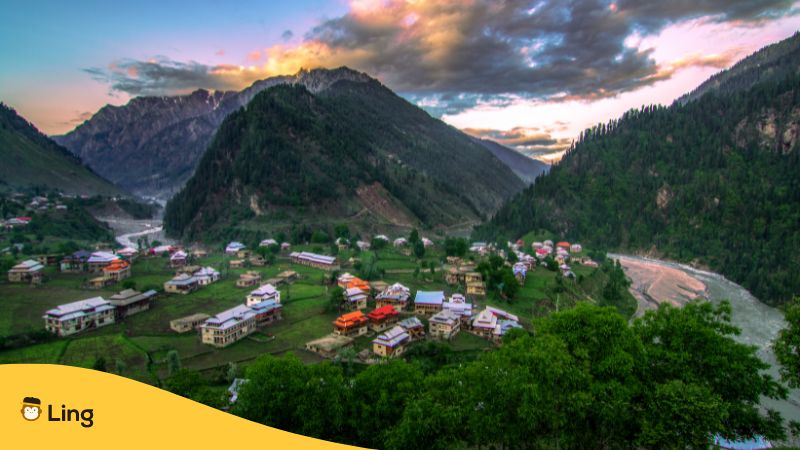
Punjabis
The vibrant and bustling Punjab region of Pakistan pulsates with the heartbeat of its largest ethnic group, the Punjabis. Comprising 44% of the nation’s population, these proud people are deeply rooted in their rich cultural traditions, including music that dances to the rhythm of life, cuisine that tantalizes the taste buds, and art that weaves a tapestry of their vibrant heritage.
Punjabis, with a history as rich as the gold in their fields, have left an indelible mark on Pakistan’s political, economic, and cultural landscape. Their unwavering work ethic, coupled with their entrepreneurial drive, has made them powerhouses of progress. But what sets them apart is their hospitality, making them some of the friendliest faces in the country.
Sindhis
The Sindhi people, hailing from the vibrant and historic Sindh province, are a cultural force to be reckoned with. Their rich heritage is defined by warmth, hospitality, and a deep appreciation for Sufi traditions and values. The Sindhi language’s melodic rhythm and Sufism’s soulful essence are indelible markers of their cultural identity.
With roots that stretch back to the ancient Indus Valley Civilization, the Sindhi people are a tapestry of history and tradition. Music and dance pulse at the heart of their culture, while their cuisine’s fragrant spices and herbs celebrate life’s rich flavors. Dishes like dal pakwan, biryani, and kulfi tantalize taste buds and warm the soul.
Today, the Sindhi people are known for their entrepreneurial spirit and are celebrated for their contributions to art, literature, and music. Their cultural heritage is a testament to their community’s resilience and strength.
Pashtuns
Pushtuns, or the proud descendants of Pushtunistan, are a vibrant ethnic group with roots deeply ingrained in the lands of Afghanistan and Pakistan. Boasting a population of millions, they are the beating heart of the region, their language, Pushto, and the pulsing rhythm of their cultural heritage.
Their rich history is woven with poetry, music, and dance threads and held together by a unifying code of honor known as Pashtunwali. Warriors at heart, the Pushtuns have a long and storied military tradition that has left its mark on the region’s politics and shaped its destiny.
Through thick and thin, the Pushtuns have persevered, their cultural identity shining bright despite the challenges of conflict and displacement. They continue to make meaningful contributions to the fabric of society and culture in the region, their spirit indomitable and their pride unwavering.
Balochis
The Baloch, a proud and resilient ethnic group, calls the sprawling and diverse Balochistan region home. With a rich cultural heritage and the melodic language of Balochi, they boast a storied past filled with powerful oral traditions and a musical legacy that echoes through the ages.
With a predominantly Sunni Muslim belief and a society built on strong tribal ties, hospitality and generosity are deeply woven into the fabric of Baloch culture. Their identity shines brightly, a shimmering tapestry of differences that sets them apart from the dominant cultures around them.
From the intricate threads of traditional weaving to the gleaming metalwork of jewelry making, the Baloch people are master artisans, their creativity a testament to their endurance in the face of political and economic obstacles. With each generation, their unique cultural heritage is passed down, a beacon of hope in a rapidly changing world.
Other Ethnic Groups
The tapestry of Pakistan’s cultural heritage is woven with threads of diverse and vibrant communities. Each group’s rich history, language, and traditions create a unique and captivating pattern, adding to the country’s rich cultural diversity.
The Mohajirs, descendants of India, arrived in Pakistan with the winds of change after the partition of 1947. They form an integral part of the country’s fabric, and their contribution to its literature, music, and politics is unrivaled.
The Kashmiris, native to the enchanting region of Jammu and Kashmir, are a people steeped in tradition; their rich cultural heritage, including music, dance, and textiles, is a testament to their heritage.
The Gujjars, semi-nomadic inhabitants of Jammu and Kashmir, are known for their rich cultural traditions, including music, dance, food, Gujari language, and a melodious symphony of their heritage.
The Hazaras, distinct in their ethnicity and predominantly Shi’a Muslim, call the region of Balochistan home. Their Hazaragi language, and rich cultural heritage, including music, dance, and clothing, stand as a beacon of their distinct identity.
The Seraikis, with roots in the lush Punjab region, bring their unique flavor to the cultural mix, their Saraiki language, and a lyrical tribute to their rich cultural traditions, including music, dance, and food.
Useful Vocabulary
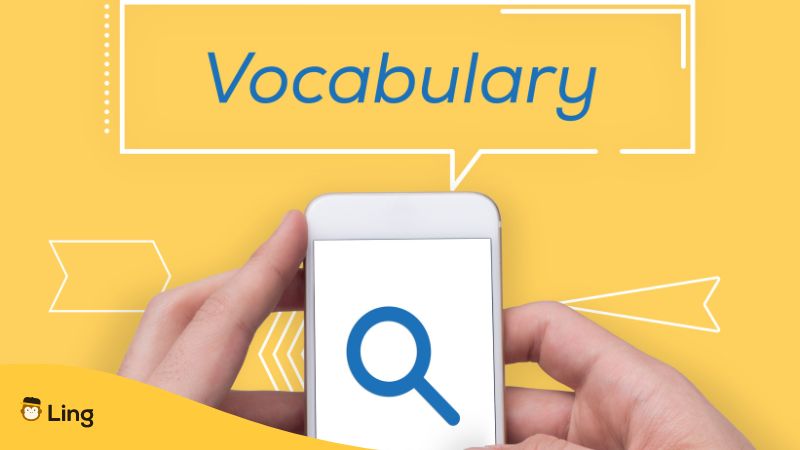
| English | Urdu | Romanization |
| Ancestry | نسب | Nasb |
| Discrimination | امتیاز | Imtiaz |
| Gene | جین | Jeen |
| Heritage | ورثہ | Virsa |
| Minority | اقلیت | Akliyat |
| Obsolete | متروک | Matrook |
| Stereotype | دقیانوسی تصور | Dakiyanoosi |
Wrapping Up
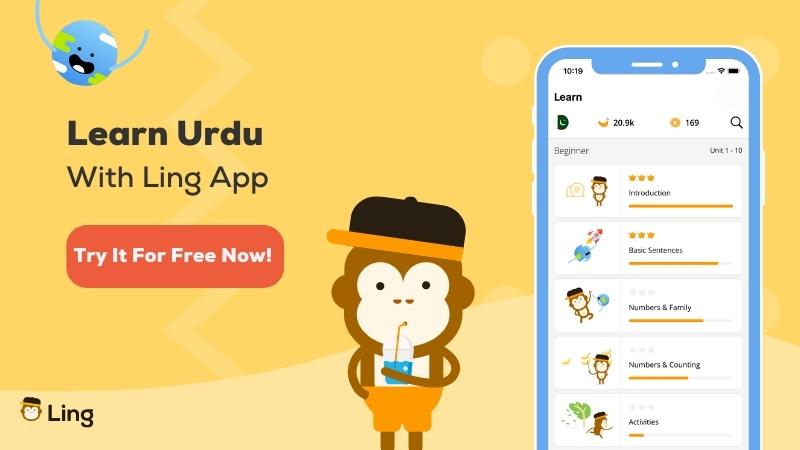
The Pakistani ethnic groups are incredibly diverse, and it’s easy to overlook some lesser-known ones. From the Baloch to the Sindhis, these groups have unique histories and cultures that make them interesting and important. If you want to learn more about Pakistan and its official language, start learning Urdu with Ling. Besides learning about the national language of Pakistan, you will also learn about common expressions and even idioms to help you interact with the locals. So download the app from Google Play Store or App Store and start learning the Urdu language today! Happy Learning!
